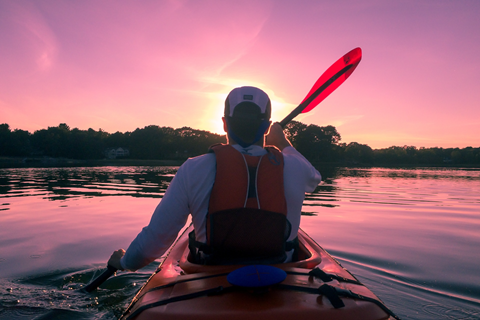We all need to drink water in the backcountry, but do we need to disinfect it? The latest edition of the Journal of Wilderness and Environmental Medicine (Vol 19, Num 2) has an article looking at risk factors for contaminated water in the Sierra Nevada.1
The article extends physician Robert Derlet’s and pathology researcher James Carlson’s previous research into a 5 year study of the prevalence of coliforms (a marker for fecal contamination) in wilderness water. They found, as suspected, that coliform prevalence varied by the land use patterns of humans and domesticated animals. Pack animals and cattle grazing areas had a high probability of coliform presence. In areas that were frequented only by backpackers, there was significantly less risk. This, of course, makes perfect intuitive sense. Previously, their research showed that waterways below roads, popular trails and well-used cattle grazing areas often show the presence of harmful bacteria, while pristine sites have less risk.
Despite all the trail head warnings, rhetoric and water treatment product information, scientific evidence about the relationship between drinking untreated surface water in North American wilderness and intestinal illness is scanty.
This research echoes a theme in other research and editorials. If you want to read more I’ve included a short bibliography at the end of this blog.
Many an outdoor leader has questioned the assumption that all non-tap water needs to be disinfected. This research suggests it may not, but it’s not the end of the story. There is still much we could learn about wilderness water quality and how it may vary by season, mountain range, soil and other variables. The decision to disinfect water remains a balance between the risk of illness and consequences to our health, and the side effects of the disease’s treatment, with concerns over the health effects of chemical disinfection of water.
What do I do? When working for NOLS I treat all my wilderness water (and some urban water as well). I respect the school’s position, and, believing, if used wisely, the risk to my health from chemical disinfectants is low, I have better things to do than argue this question.
On my personal time I occasionally make use of the educated guess and I will quaff apparently pristine alpine water like a mountain man of old while I exalt in the freedom of the hills – but mostly I disinfect my water.
Tod
June 08
1. Robert W. Derlet, MD; K. Ali Ger; John R. Richards, MD; James R. Carlson, PhD Risk Factors for Coliform Bacteria in Backcountry Lakes and Streams in the Sierra Nevada Mountains: A 5-Year Study. Wilderness and Environmental Medicine, 19, 82 90 (2008)
Welch, TP. Risk of giardiasis from consumption of wilderness water in North America: a systematic review of epidemiologic data. 2000. Int. J. Infect. Dis. 4(2):100-103.
Welch, TR, Welch, TP. Giardiasis as a threat to backpackers in the United States: a survey of state health departments. 1995.
Derlet, RW, Carlson, JR, Nonponen, MN. Coliform and pathologic bacteria in Sierra Nevada national forest wilderness area lakes and streams. 2004. Wilderness Environ Med;15(4):245-9.
Derlet, RW, Carlson. An analysis of wilderness water in Kings Canyon, Sequoia, and Yosemite national parks for coliform and pathologic bacteria. 2004. Wilderness Environ Med;15(4):238-44.
Wilderness Environ Med. May;6(2):162-6. Craun, GF, Calderon, RL, Craun, MF. Outbreaks associated with recreational water I the United States. 2005. Int. J. Environ. Health Res. Aug;15(4):243-262.
“Backcountry Water Quality: Technologies, Trends and Paranoia?,” by Ron Silflow & Ryan Jordan. BackpackingLight.com. https://www.backpackinglight.com/cgibin/backpackinglight/backcountry_water_quality_technologies_trends_paranoia.html, 09/20/2006.
How Safe is the Water? Backpacker December 1996.


